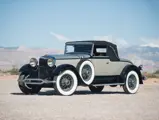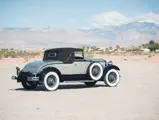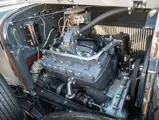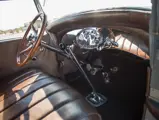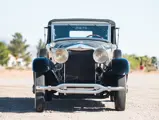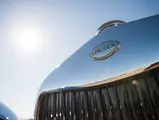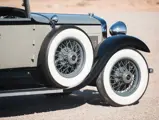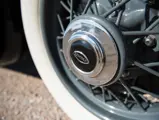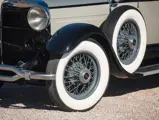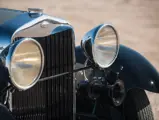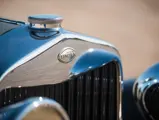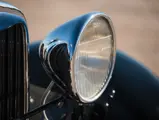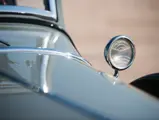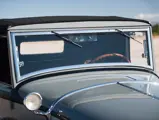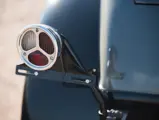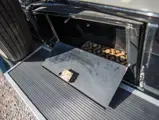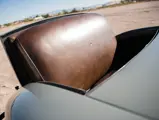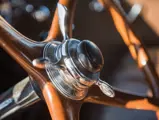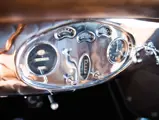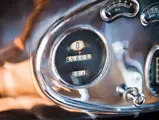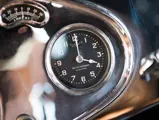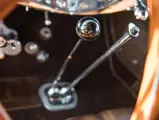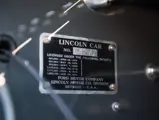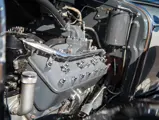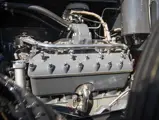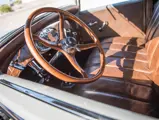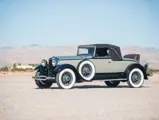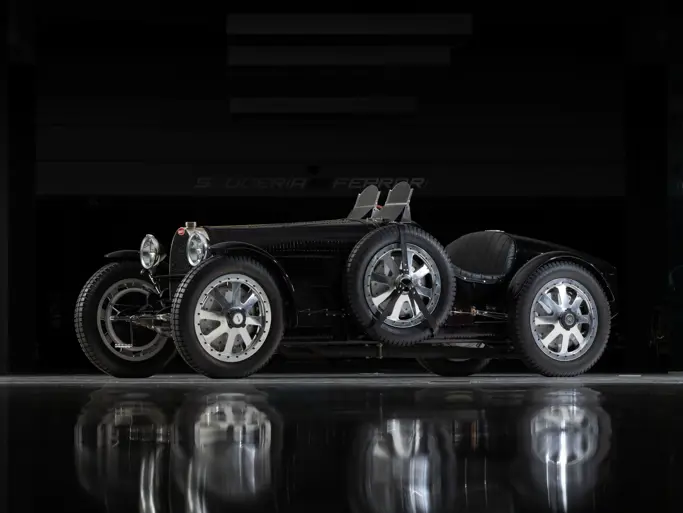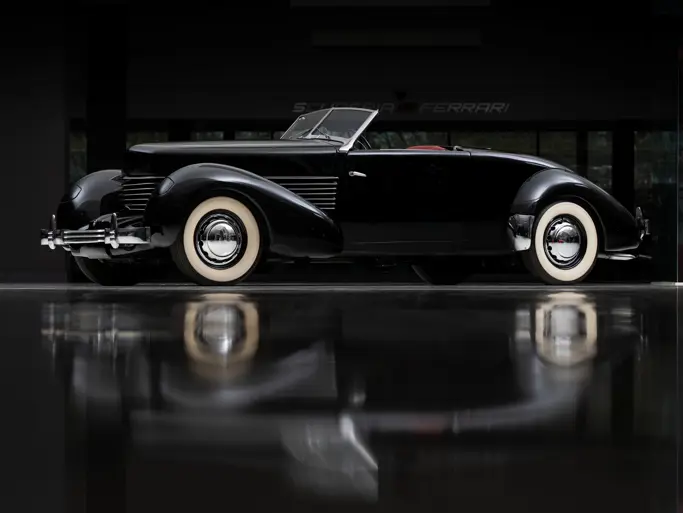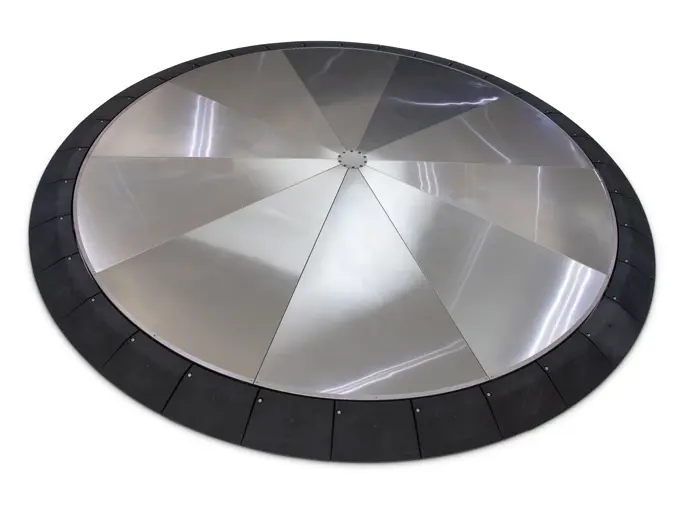Motor City 2016
1930 Lincoln Model L Convertible Roadster by LeBaron
{{lr.item.text}}
$80,000 - $100,000 USD | Not Sold
 | Plymouth, Michigan
| Plymouth, Michigan
{{internetCurrentBid}}
{{internetTimeLeft}}

- The most sporting body style from the Model K’s final year
- One of only 100 built; original bodywork
- Restored in elegant colors
- Accompanied by a copy of its production record
Body Style 185. 90 bhp, 384.8 cu. in. L-head V-8 engine, three-speed manual transmission, solid front axle and live rear axle with semi-elliptical leaf springs, and four-wheel mechanical drum brakes. Wheelbase: 136 in.
Henry Ford purchased Henry Leland’s foundering Lincoln Motor Company in 1922. The Lincoln car became the flagship of his empire, its fortunes entrusted largely to his only son, Edsel. Lincoln’s sales were never immense, but its prestige was an asset, particularly after Edsel’s fine eye for design did away with the perpendicular Leland-era bodies. Edsel looked to coachbuilders for inspiration and enlisted such custom houses as Brunn, Judkins, Willoughby, Murphy, and Locke to provide bodies, many of which appeared in Lincoln’s catalogs.
Formed by two Brewster designers, Raymond Dietrich and Thomas Hibbard, in 1920, LeBaron Carrossiers started out in New York as a design house. A partnership with Bridgeport Body Company in Connecticut allowed LeBaron to become a full-fledged coachbuilder in 1923, the same year that Edsel Ford met Dietrich at the New York Salon. Lincoln quickly became LeBaron’s best customer.
LeBaron’s Convertible Roadster, new for the Model L’s final production year of 1930, was actually a snug convertible coupe with side windows. The car had a stylish top with landau irons, which folded neatly into a well behind the front seat, facilitating contact with passengers in the standard rumble seat and giving the car a neat, tidy appearance. Side-mount spares, too, were standard equipment. Just 100 cars of this style were built.
The LeBaron Convertible Roadster offered here is identified in the production records held by the Benson Ford Research Center as having been shipped by Lincoln on 18 July 1930; furthermore, the records indicate that this was the original body for this chassis. In previous ownership, the car was restored by Glenn Wright Restorations and has since been well-maintained and presents very well. The gray body, with its black moldings and fenders, bespeaks understated elegance and is nicely complemented by a brown leather interior and a newly installed black canvas top. Noteworthy accessories include dual side-mounted spares, a dashboard-mounted Seth Thomas clock, and the attractive wooden steering wheel (a standard feature).
Sporting and dashing in its time, the LeBaron Convertible Roadster is today considered among the most desirable “semi-customs” produced in the final year of the Model L. The example offered here is an excellent representation and would be an attractive addition to any collection of Full Classic Lincolns.

